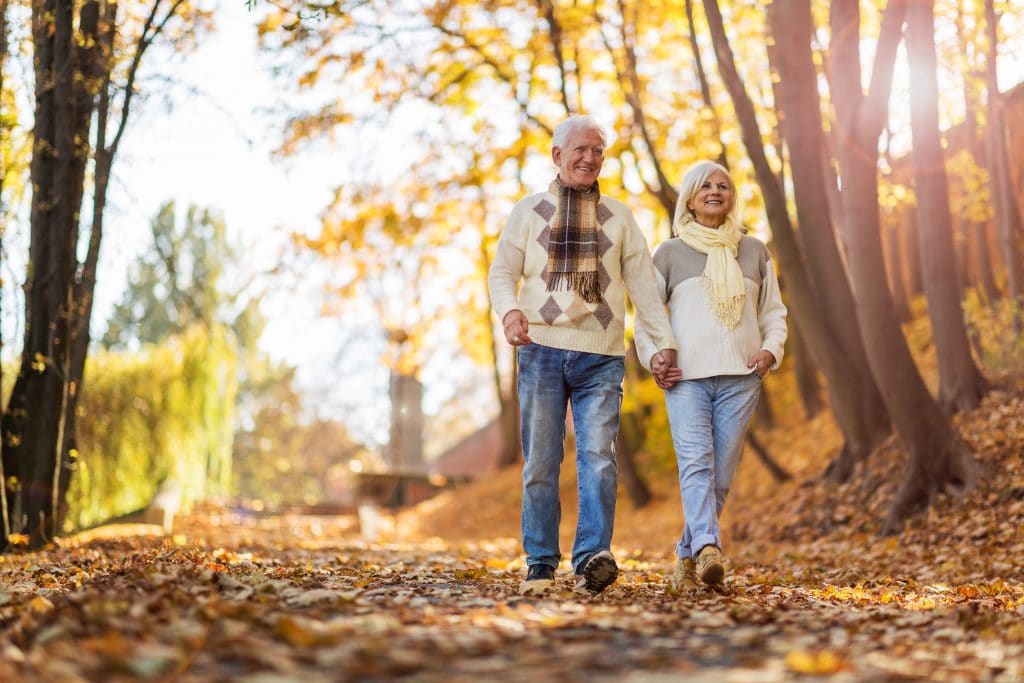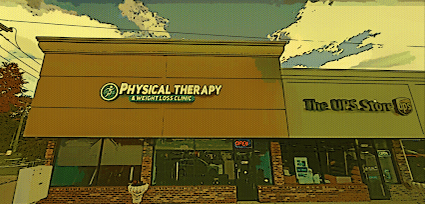Prevent Disasters In Your Home With These 3 Tips
Staying home in order to stay safe is all well and good. But for many older adults, there are plenty of potential hazards at home as well. There are a few simple things you can do to lower your risk of falling. And, more importantly, you’ll feel safer in your own home too. Here are three steps so you don’t fall this fall.
Stay Active
Your body was made to move. When you’re sedentary and don’t move, your muscles and joints start to become weaker. This makes it difficult to stay stable and maintain your balance. It even makes it harder to catch yourself when you do start falling.

A recent study by the National Council On Aging (NCOA) found that 1 in 4 adults experience a fall every year. In fact, those falls are the number one leading cause of both nonfatal and fatal injuries. If that’s not enough cause for concern, the Centers For Disease Control And Prevention (CDC) states that sustaining one fall can drastically increase the probability of another fall occurring.
You don’t have to overcomplicate this step. Going on daily walks or performing light movements can help strengthen your body. Physical therapy can help a lot, too. Your physical therapist can develop a specialized strengthening program designed to improve balance and keep your joints and muscles stronger than ever!
Change Things Up
Although your home may be tidy and clean, it still may be difficult to navigate walking through. Your home should never feel like an obstacle course. You should never be in fear anytime you have to make your way into a different room.
The easiest way to prevent potential falls is by ensuring there is enough space to move throughout your home. Another key factor is making sure your space is well-lit. Having all the free space in the world means nothing if you can’t see where you are going!
Start by decluttering or rearranging any hallways or walkways. Make sure there’s plenty of room for you to feel comfortable when you’re moving. Next, update your lighting sources so your space is adequately lit.
Finally, change the flow of any problematic areas to help minimize opportunities for you to lose your balance. This could be something as simple as pushing a coffee table closer to the wall. You could even install grab-bars in difficult areas.
Monitor Your Health
The last step is reviewing your current medications and medical history with your physician to help assess not only your risk of falling but also to determine any precautions that you may need to take.
For instance, those with inner-ear issues or that take certain medications which can impact their balance have a higher risk of falling. Vision problems, joint conditions, or even prior injuries can also increase your risk of falling as well. Evaluating and understanding potential issues will help in determining if additional inventions are needed, like a medical alert bracelet.
Falls are common, but they don’t have to be. With a little extra diligence, you can avoid dangerous falls this fall season.



